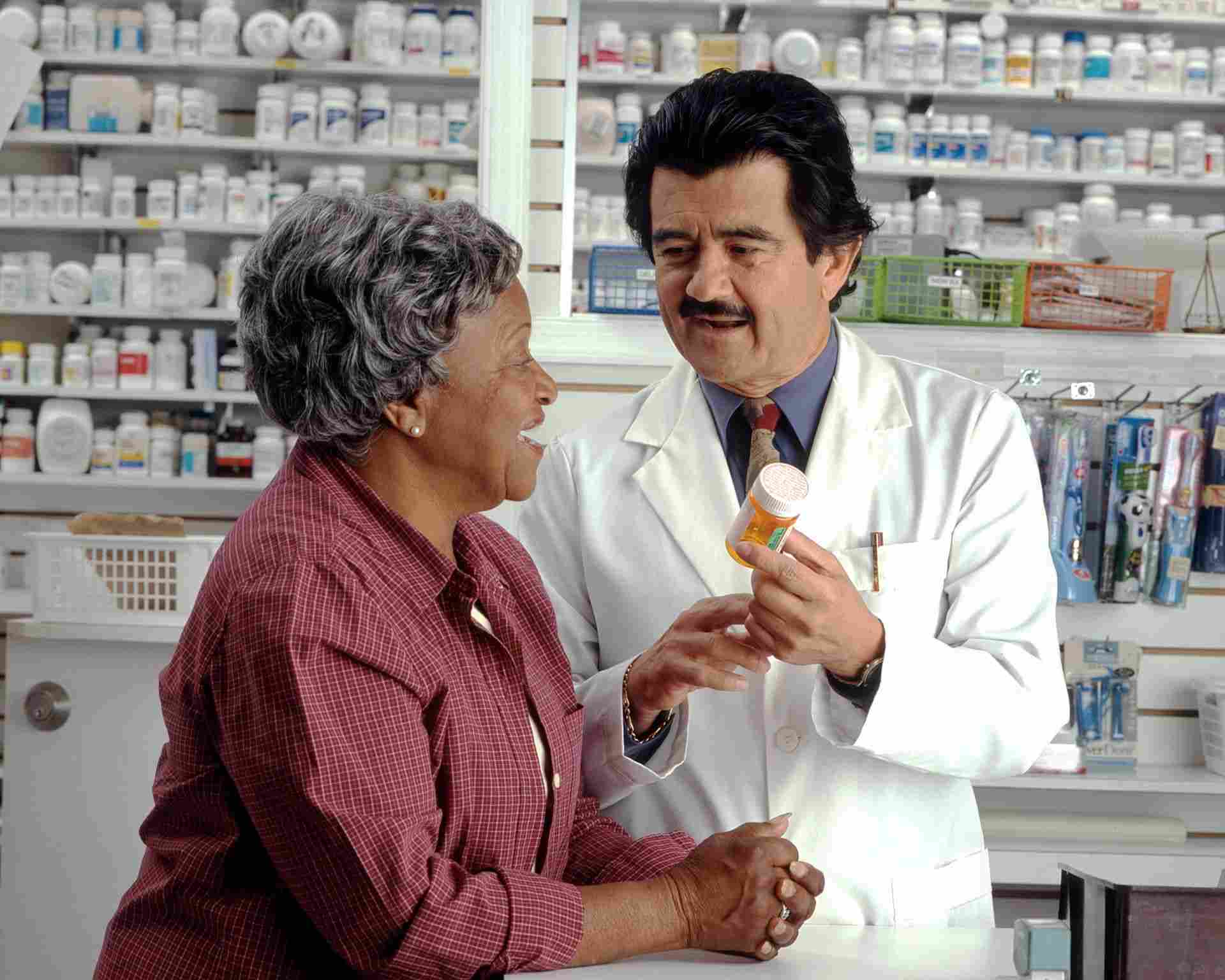Discovering new drugs is not an easy task. It takes years of research and millions of dollars in funding to discover new drugs. But that’s not all. Most of the drug discovery projects end up in failure due to incompatible compound or too many side effects, which makes it an even costlier thing to do. It costs not only money but also the time which is more valuable than money itself.
It takes around 5-8 years of hard work to get a drug approved by the FDA if “luck” favors. On average, it takes almost 12 years for a drug to be approved by the FDA. And the average cost to bring a drug from concept to reality exceeds a whooping 1 billion US dollars. Oh, and in case you didn’t know, not all the drugs get approval to enter the market. Nearly 14 percent of all drugs in clinical trials get approved by the FDA.
Drug repurposing is the process of finding new therapeutic uses for existing drugs. Since discovering new drugs is very expensive and time-consuming, “repurposing” (also known as drug repositioning or drug reprofiling) old drugs to treat existing and newly emerging diseases are starting to get recognition. Repurposing drugs is getting a lot of attraction because it is relatively less time consuming, and less research is needed to develop the drug reducing the cost since most properties and side effects of the drug are already known. This also allows pharmaceutical companies to sell drugs with a higher profit margin.
Many diseases share the same molecular pathway. And most of the approved drugs or abandoned drug discovery projects have detailed information available about their pharmacology, formulation, and toxicity as they were subjected to human trials before being abandoned. Thus, using a known compound is more advantageous than the traditional method of discovering new drugs.
The Polypharmacology of small compounds is what contributes to the drug repurposing process. This mainly arises from the side effects of the compound being used. Many drug molecules bind to multiple targets and can perform various biological functions; this is called polypharmacology. Since pharmaceutical agents can interact with multiple subjects, their off-target interaction may cause toxicity or unintended side effects. Also, the complex metabolic pathways in our body are interconnected. Affecting a key target can have effects on the overall function of a pathway. This provides researchers with the opportunity to exploit a single compound and find uses for them in treating other disease conditions.
Drug repurposing can offer lots of opportunities in treating neglected or rare disease conditions. It can pave the way for personalized medicine, which can already be seen in oncologic conditions where a variety of drugs are being administered to each patient depending on their need.

Several key obstacles must be overcome before we see success in this relatively new sector. Most of the already available drugs are patented, which raises legal issues when a different company tries to use that drug for repositioning purposes. Also, nowadays, computational analysis is being used to find the most suitable candidate for repurposing, which is subject to the availability of data itself. Most of the time, the clinical data regarding a particular drug or compound is not widely available, which poses a challenge in drug repurposing.
Drug repurposing has already seen tremendous success in the case of some already available drugs such as aspirin and valproic acid. A great example of this is “Viagra,” which was initially being studied for its effect on hypertension. Now Viagra is widely used to treat erectile dysfunction in men. Repurposing can also dramatically reduce healthcare costs.
Most of the time, drugs are repurposed based on their already known pharmacology and clinical observations. This has raised lots of skepticism and questions among the scientific communities around the world as the understanding of the pathways for many diseases is still in the dark. In response to this, in recent years, the drug discovery community has taken a more organized and data-driven approach.
Even though lots of research are already in progress to find multiple purposes for the already available drugs, substantial technological advancement in data analysis is still necessary to see drug reprofiling in better efficacy.
Sources:
- Review of Drug Repositioning Approaches and Resources. Retrieved from https://www.ncbi.nlm.nih.gov/pmc/articles/PMC6097480/ on 04/19/2020
- Drug repurposing. Retrieved from https://www.findacure.org.uk/drug-repurposing/ on 04/19/2020
- Drug repurposing: progress, challenges and recommendations. Retrieved from https://www.nature.com/articles/nrd.2018.168 om 04/19/2020
Subscribe to our newsletter to stay updated with the latest news and stories.


